Lower Dir District
Trend Analysis
Demographics | 1998 | 2017 |
Area SqKms | 1583 | 1583 |
Population | 717649 | 1435917 |
Population Density / SqKm | 453.3 | 907.08 |
Urban Population | 44335 | 40373 |
Rural Population | 673314 | 1395544 |
Total Housing Units | 76531 | 155338 |
Housing Units having Electricity | 50909 | 92456 |
Housing Units Having Piped Water | 4320 | 54789 |
Housing Unit using Gas for cooking | 1069 | 12734 |
Source: Pakistan Bureau of Statistics
Outline
Lower Dir is relatively new district of KP, formed in 1996. Lower Dir, has relatively more plain areas as compared to Upper Dir but it is still mountainous. Agriculture, horticulture, mining and construction are the main sources of income generation for the population. As of now, the aforementioned mainstay sectors can be primarily targeted for regional development. For this purpose, it is proposed that modern techniques of agriculture and horticulture be introduced in the province and ‘private regulated markets’ be setup in the district. Also support to mining and processing sector shall be provided to extract full potential. In addition, the sectors of Livestock, Embroidery and Forestry also have potential to generate revenue, create jobs and contribute in regional development. The area is also suitable for olive tree cultivation and in 2005 Pakistan Oil Seed Development Board initiated a project with assistance from Instituto Agronomico Per L’Oltremar (IAO), a scientific and technical branch of the Italian Ministry of Foreign Affairs to provide technical support to farmers in the areas with potential for olive cultivation in an effort to produce edible oil. Olive cultivation has the potential to ease together with other crops the burden of the import bill for edible oil. 30 employees of PODB and 600 farmers from KP were trained by the project authorities and farmers were also provided saplings on concession rates.
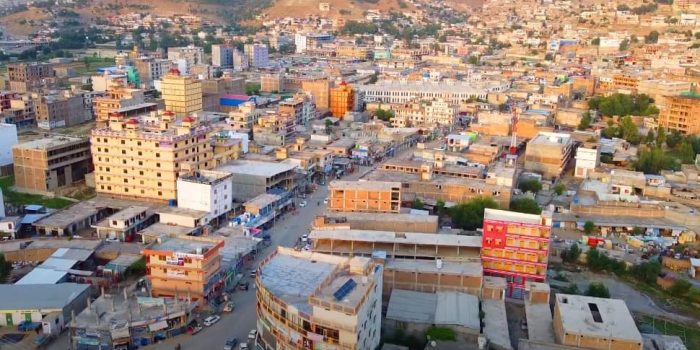

1. Agriculture and Horticulture
Snapshot
Among agricultural crops of Lower Dir, wheat, maize and rice are the most widely produced in the district. Given the mountainous landscape of the district, it is not feasible to grow other crops at mass level. When it comes to horticulture, walnut, persimmon and different kind of vegetables are the main products of the region.
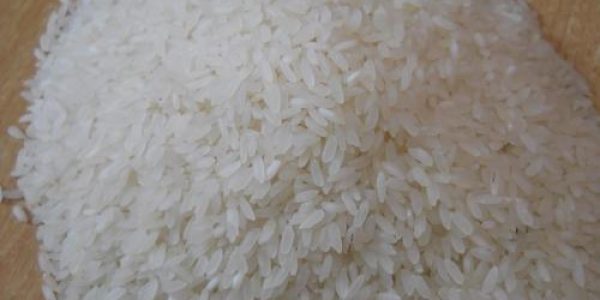

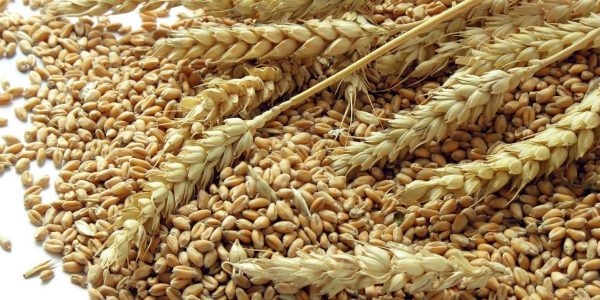
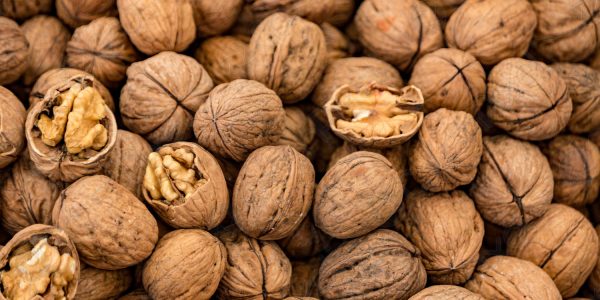
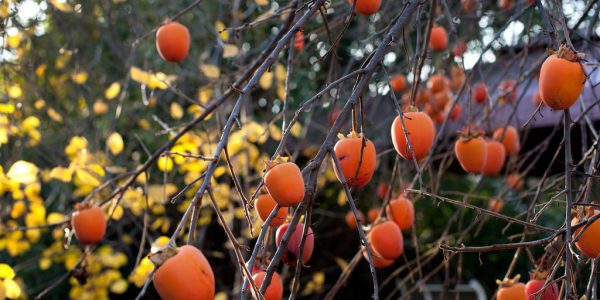

Strengths
- Production of wheat, maize and rice.
- Walnut, persimmon and different kind of vegetables are the main products of the region.
Opportunities
In order to bear maximum benefits from agriculture and horticulture sectors of Lower Dir, following policy options are available:
- As the climate and landscape of Lower Dir is mostly hilly and the area is dependent on rain water for cultivation, the government should incentivize cultivation of area appropriate crops and other agricultural products;
- Agriculture department of KP, in collaboration with Agriculture University of KP, should apprise local farming community of productivity levels of different crops, vegetables and fruits in their area.
- Farmers should be encouraged to plant crops in which their given area holds comparative advantage. In this regard, a certain amount of financial cushion should be provided to farmer to help them in the transition phase –– in cases where farmers are not used to or not familiar with a high yielding agricultural product.
- Regular workshops and seminars should be conducted to educate farmers on modern farming techniques. In this regard, assistance from international donor agencies could also be sought.
- ’Private regulated markets’ can be introduced in the region, which not only can increase the productivity of horticulture but would also benefit both consumers and sellers. For this, these steps are needed to be taken:
- Streamline the management structure.
- Educate the farmers and distributors about the value of hygiene and value addition, and ensure they provide quality products.
- Promote gradual institutional development.
- Avoid rigidities of predetermined, fixed staff.
- Make revenue collection automatic.
- Investments to improve common infrastructure and facilities should be a continual process.
2. Mining Sectors
Snapshot
Minerals and Metals Division of Trade Development Authority of Government of Pakistan Lower Dir has considerable reserves of various minerals which consist Marble and Granite. According to the report shared by Pakistan Stone Development Company (PASDEC) 37.5 Billion tons of Granite and 1 Billion tons of Marble, while 520 tons of Lime Stone (KP Bureau of Statistics report) reserves are estimated in areas consisting of upper and lower Dir district. However, as per Directorate of Mines and Minerals KP, reserves of Mica (not estimated) also exist in Dir.
Due to presence of such material, the district also has a reasonable base for construction sector, with quite a few concrete factories, marble factories and RCC pipe factories functional in the area. Given these conditions, there is potential to develop Lower Dir into Mining and Construction Pivot in the North-West part of KP, if given proper attention.

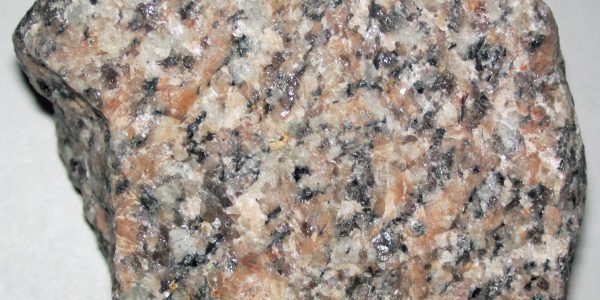
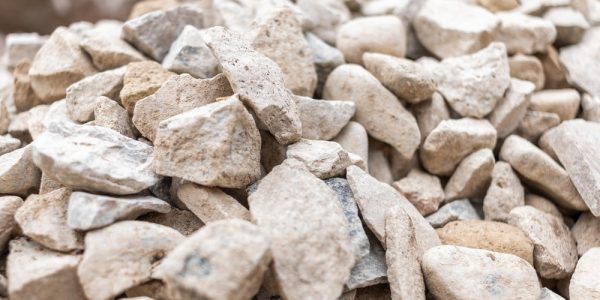
Strengths
- Considerable reserves of various metallic, non-metallic and industrial minerals.
- Huge reserves of Granite and Marble in lower and upper Dir district.
Opportunities
- In order to overcome the above mentioned challenges faced by the industry, and make it more competitive for global market, following policy recommendations can be adopted;
- Research institute on for mineral extraction and processing.
- State of the art mining queries and processing units in the district will add value and exports of Marble and Granite.
- Technical Training Center.
- Shopping Mall and Hotels.
- Business Park and Office Space.
- Gemstone & Jewelry Research & Development Institute.
- Local HQ of KP Mineral Development Department and Pakistan Stone Development Company.
- Freight Handling & Customs Centre.
- The office of KP Mineral Development Department should offer regular assistance to industry in general on modern mining techniques, equipment handling and environmental safety.
- Seek help from Aga Khan Foundation and network for financing and local participation. They can also assist in opening the international markets for local products.
- To increase accessibility of local mine and industry owners to finance, KP Government can use following options:
- Encourage all state owned and private banks to offer Islamic banking to the local owners.
- Expand cooperation with private firms from Italy, Switzerland, Germany etc., who harbor years of experience in mining marble, granite for grooming the local mining and processing industry.
3. Livestock
Snapshot
This sector has minor development potential in Lower Dir as the area holds about 1,659,203 farm animals, which include 249,007 Cattle, 16,258 Buffalos, 47,946 Sheep and 292,539 Goats (Department of Livestock census 2006). About 800,000 of these animals are being raised in farms.
The growth rate of this sector is around 20% in the region.
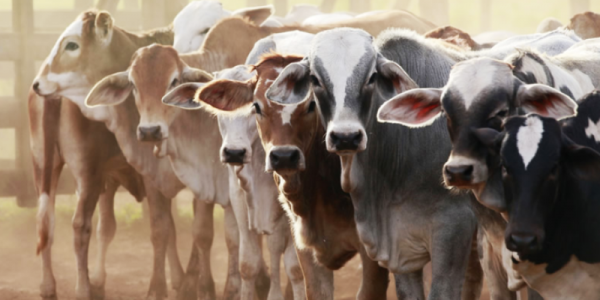
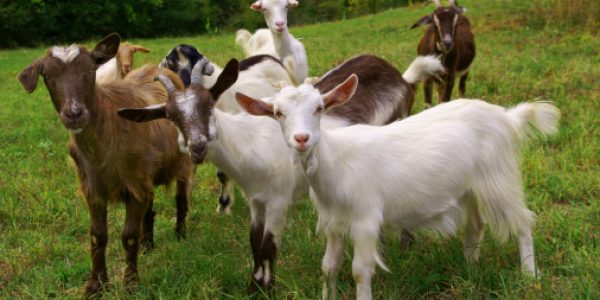
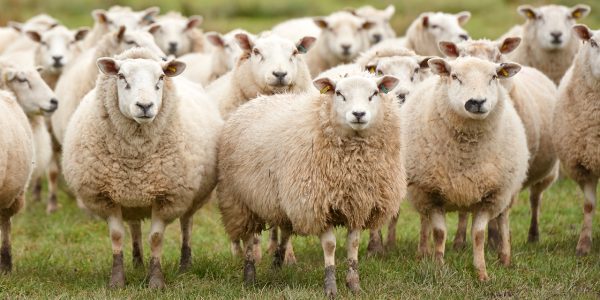
Strengths
- 1,659,203 farm animals.
- Growth rate of livestock is 20% in the region.
Opportunities
To exploit this trade potential of livestock from Lower Dir, the Government of KP can take following initiatives:
- Setup modern facilities to facilitate the growth of this sector;
- A research institute on Veterinary Sciences, in collaboration with Agriculture University Peshawar. Cooperation in this regard can also be sought from New Zeeland and Australia.
- A butchery with meat processing facilities.
- A training institute for farmers and cattle herders where seminars and workshops for them is regularly arranged.
- Invite local and foreign investors to install state of the art farm amenities;
- Improve road connectivity from District to border region and with other main highways of the country.
4. Handicraft
Snapshot
Lower Dir is famous for embroidery items such as traditional caps, garments, ladies purse, hair accessories, ‘Azarband’ (trouser belt), and ‘Pranda’ (female hair band). In this sector, there is 100% female employment. Most of these items are sold both locally and in Afghanistan and Middle East (where many of the expatriate community lives). This sector in Lower Dir also enjoys comparative advantage to skilled and cheap labor. If given proper attention, embroidery items of this region can bring substantial revenue for the district and the whole country; and can generate more employment opportunities.
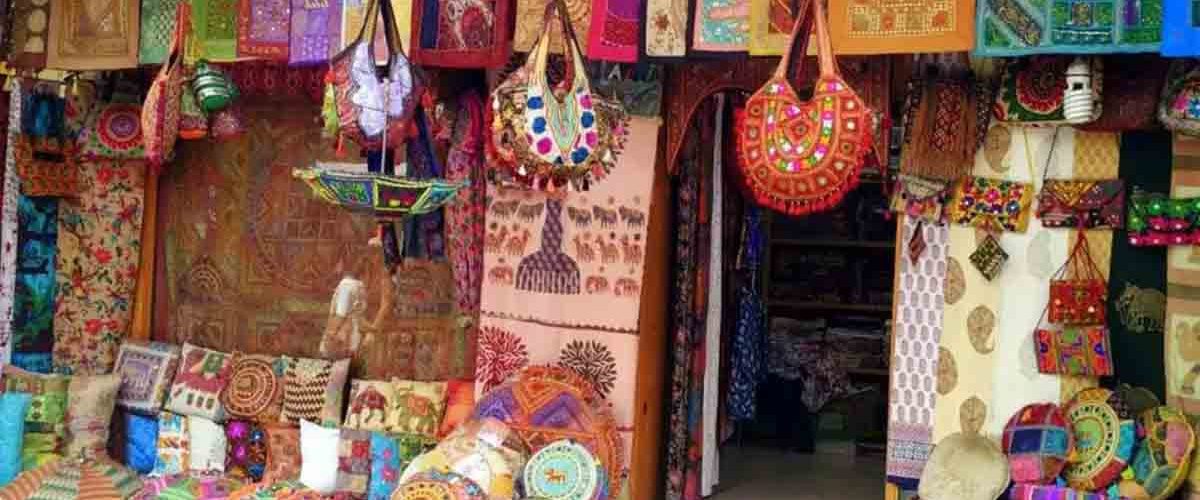
Strengths
- Traditional handicrafts.
- Provision of employment to women.
- Cheap and skilled labor.
Opportunities
In order to boost the handicraft sector of Lower Dir District, it is recommended that following course of action be taken by the Provincial Government:
- A Quality Enhancement Center (QEC) be setup in the area which enlighten the local owners about the standard quality require for export of handicraft items;
- SMEDA or AHAN (Aik Hunar Aik Nagar Company of Govt. of Pakistan) can be involved in this scheme.
- Collaboration can also be sought with EU and USAID.
- Open at least one high quality Skill Enhancement Institute and Women Business Development Centers in Lower Dir for facilitation of workers and cottage owners.
- Encourage banks to offer Islamic banking packages/products in the area for easy access to credit schemes to local firm owners. Also arrange seminars on lending system of banks and how they maybe useful in expanding businesses across the world.
- Promote the handicraft products of Lower Dir in Pakistan and abroad through:
- Brochures and booklets.
- A specially designed website on handicrafts of KP. The booklets and website should carry product pictures and contact information of all cottage owners in the area.
- Expos and short documentaries.
5. Forestry
Snapshot
Lower District has one of the largest forest cover of KP Province after Mansehra, Malakand, Battagram, Buner and Upper Dir District, which amounts to 77,515 hectares of area. As now, the local population use it mostly for fire wood. There are also some small scale industrial units in the area which make some good quality furniture. If properly managed and incentivized, this industry has potential to grow. Plus, there is opportunity to earn some “carbon credits’ with the available forest, as developed countries have well exceeded their quota of carbon emission and hence can buy it from Pakistan.
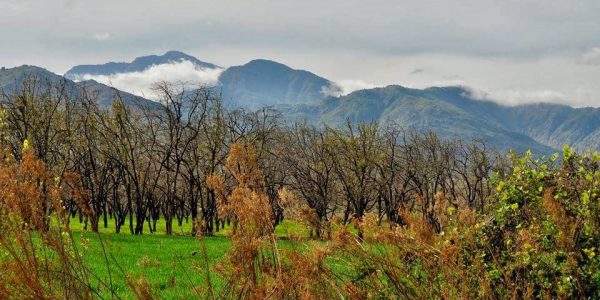
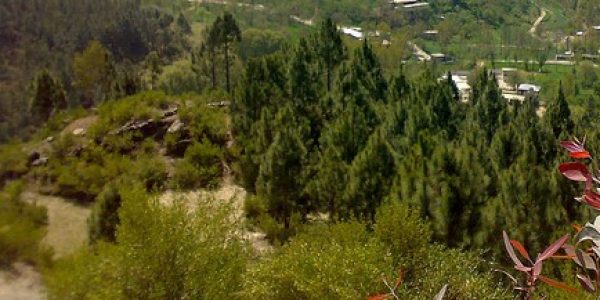
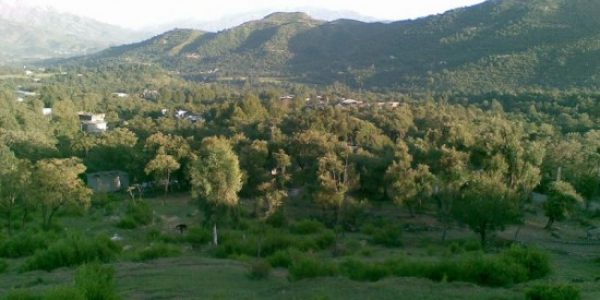
Strengths
- Lower District has one of the largest forest cover of KP.
- Good quality furniture production.
Opportunities
The Government of KP can act upon following recommendations to increase the efficiency of this sector:
- Campaign of ‘Billion Tree Tsunami’ should be implanted in letter and spirit in the area.
- To completely curb the timber mafia, the forest guards should be equipped be with modern facilities and their number should be increased as well.
- Government would also do well to ensure that all households have gas connections or other alternative fuel sources.
- A small vocational institute in the district for training of local people in quality carpentry.
- The area under forest should be offered to international companies for carbon trading, through competitive bidding process;
- The selected companies would be leased a selected portion of land under forest or land designated for plantation of forest.
- Companies would primarily responsible for protection of the forests. They could involve local community in this regard.
- The revenue earned through carbon crediting would be shared appropriately between the companies, the Forest Department of KP and the locals.
- For the preservation of current forest reserves in the area, the Government should also collaborate with REDD+ Project in Pakistan (Reducing Emission from Deforestation and Forest Degradation), an initiative International Centre for Integrated Mountain Development and WWF-Pakistan or similar projects;
- REDD+ Project officials would develop capacity development of all stakeholders in the area.
- They would also provide consultancy to the stakeholders and independently monitor the progress of whole process.
6. Fish Farming
Snapshot
The district of Lower Dir has potential in Fish farming as it host substantial number of private farms. Given the quality and popularity fishes produced by these small scale farms, there is an opportunity for KP Government and the District Administration to facilitate the fish farmers to grow into a big industry, with possibility of exports.
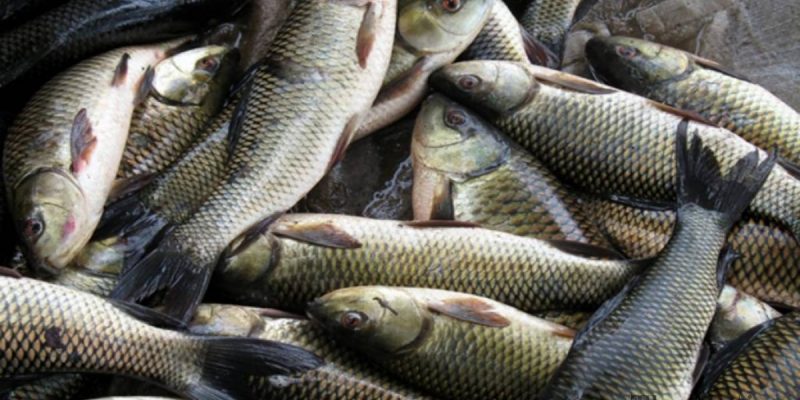
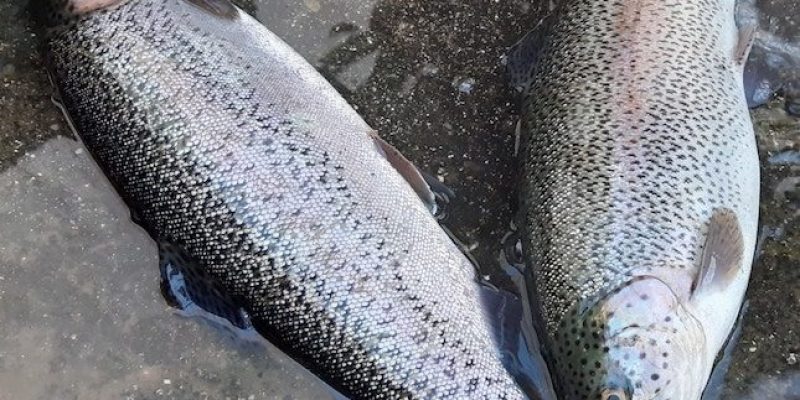
Strengths
- Availability of fresh and farm fish consisting of trout and non-trout fish.
Opportunities
Government of KP along with District Administration can incentivize the growth of fish farming by taking following path:
- Directorate of Fisheries of KP should first help out the existing fisheries in modernization. Then, new potential spots be identified for fish farming and subsequently developed;
- Provide trainings to farming community on modern and effective fish farming. In this regard, again help can be sought from USAID, who have an experience dealing with local communities in these sectors;
- Companies that have specialty in ‘canned food’ can be invited to setup their units.
7. Conclusion
Lower Dir district presents certain opportunities for the investors in mineral and mining, agribusiness, livestock sector and if the concerned authorities focus on building district wise strategy involving all the stakeholders the economy of this district can grow excessively.
